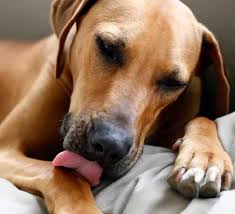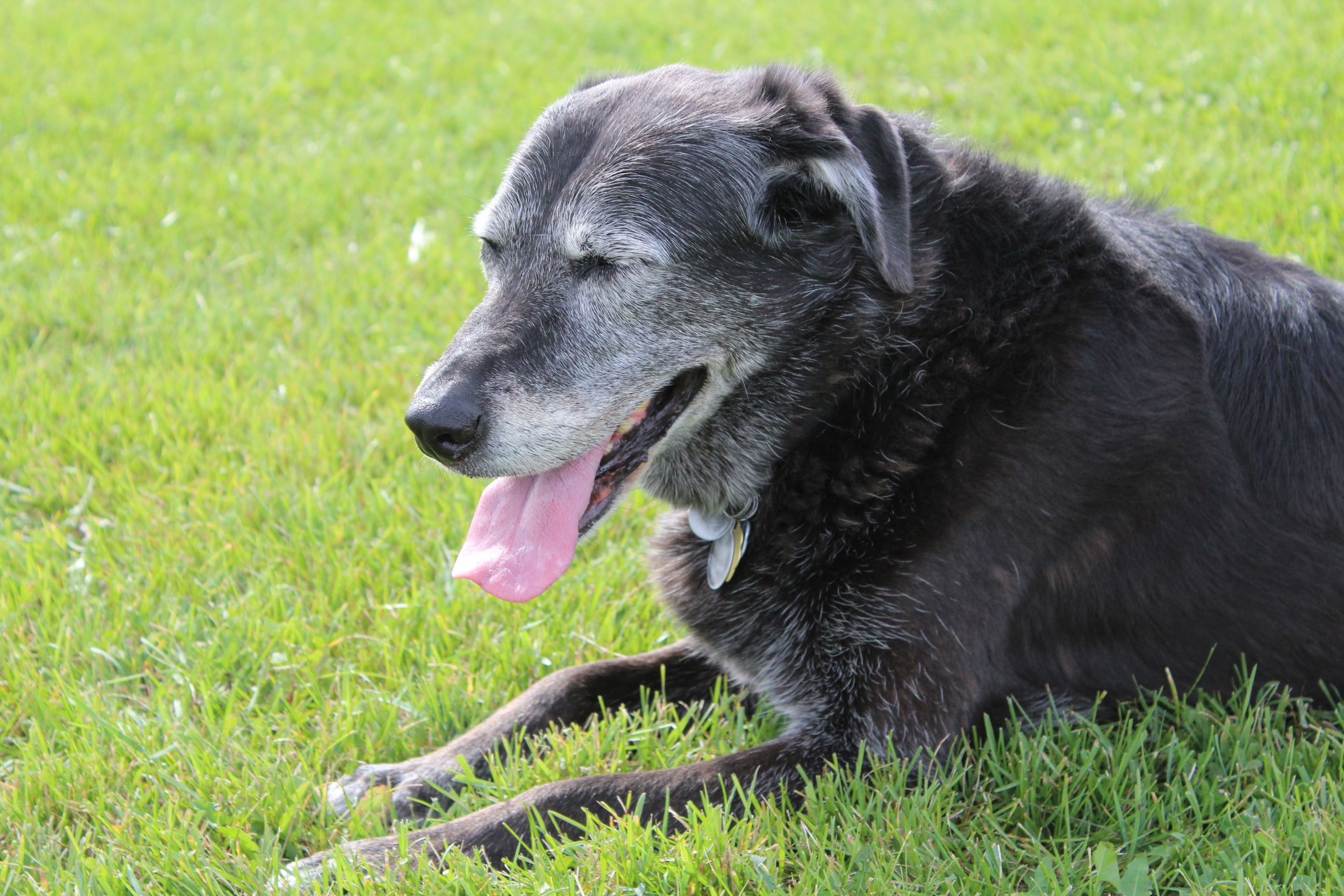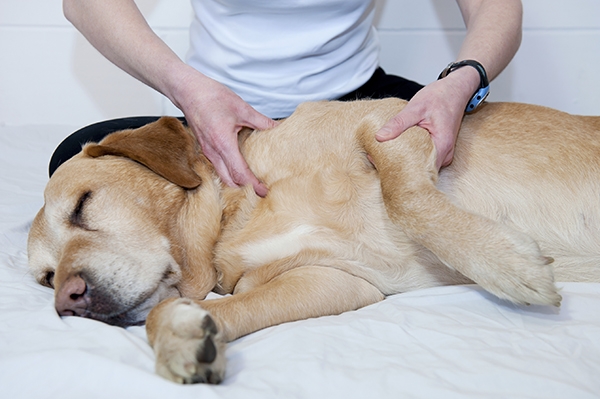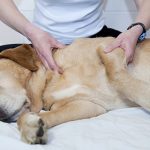Dogs normally lick to clean an area on their fur when they are wet or have an itch, but if your dog is constantly licking at one area then you should check to see what’s getting their attention. The skin can become red and swollen when excessively licked, and the cause needs to be diagnosed.
It may be that the skin has been broken from a sharp object or impact, the pet may have been bitten by an insect causing a lump or painful rash, or something may have become lodged in the skin such as a prickle or grass seed. Perhaps there is a fungal or bacterial infection causing itchiness or it may be a food-related or flea allergy causing heat or hot spots to break out on the skin.
Alternatively, there may be pain in an area of muscle or joint that is causing the dog distress and they are licking at the area to try to sooth the pain. It is important to have your dog checked for the cause of pain.
Compulsive licking may also be a response to anxiety and stress. This may cause a rash, dry skin and/or loss of fur if left untreated.
Many of these issues should be investigated by your vet and can be assisted with topical treatment, a minor procedure or medications.
Bowen Therapy and Red Light Therapy can assist in the case of anxiety and improve lymphatic drainage for general well-being when recovering from allergies.








